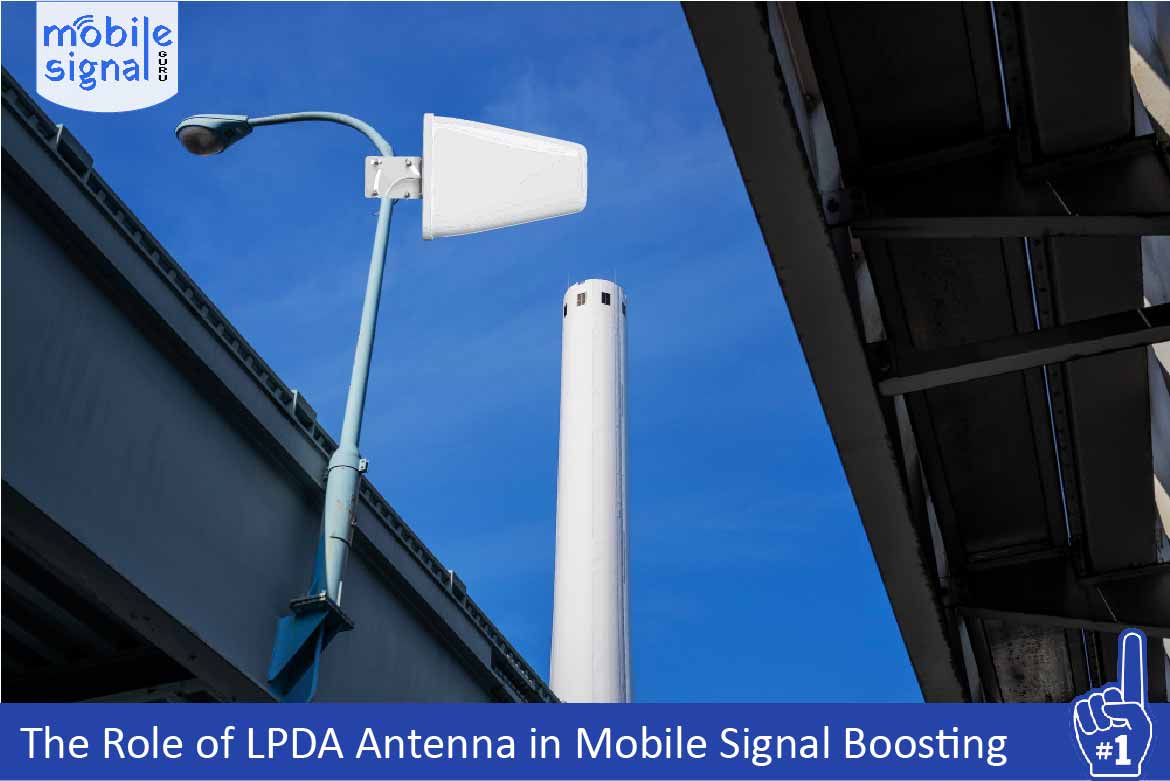When it comes to improving mobile signal strength, antennas play a crucial role. One of the most effective antennas for signal boosting is the LPDA (Log-Periodic Dipole Array) antenna. It’s widely used in signal booster systems due to its powerful ability to pick up weak signals and improve overall connectivity. In this guide, we’ll explore the role of LPDA antennas in signal boosting, how they work, and why they’re a popular choice.
What is an LPDA Antenna?
An LPDA (Log-Periodic Dipole Array) antenna is a type of directional antenna designed to cover a wide range of frequencies. Unlike standard antennas, which are limited to a narrow frequency range, the LPDA antenna operates over a broad frequency spectrum. This makes it versatile and highly effective for various applications, including mobile signal boosting.
How Does an LPDA Antenna Work?
The LPDA antenna consists of multiple elements, arranged in a specific geometric pattern. Each element is tuned to a different frequency, allowing the antenna to receive and transmit signals across a broad range of frequencies. Its log-periodic design ensures that the antenna adapts to changing frequencies without losing performance.
When connected to a mobile signal booster, the LPDA antenna is typically mounted outdoors. It captures weak signals from the nearest cell tower, and the signal booster amplifies these signals for better reception indoors. Since the LPDA is directional, it’s important to aim it toward the source of the signal (usually a mobile tower) for the best results.
Benefits of Using an LPDA Antenna for Signal Boosting
-
Wide Frequency Range: The LPDA antenna can cover multiple frequencies, making it compatible with various mobile networks and services. This feature is particularly useful in areas with different carriers operating on different bands, such as 4G, 3G, or even 5G networks.
- Highly Directional: LPDA antennas are directional, meaning they focus on signals from a specific direction. This leads to stronger signal reception compared to omnidirectional antennas, which capture signals from all directions but may not amplify them as effectively. The directional nature of the LPDA ensures that even weak signals from distant towers can be captured and boosted.
- Reduces Interference: Because it’s directional, the LPDA antenna minimizes interference from unwanted sources. This results in a more stable and clear signal, improving both voice call quality and data speeds. By focusing on one direction, it avoids picking up noise from surrounding areas, which can degrade signal quality.
- Improves Mobile Data Speed: A stronger mobile signal leads to faster data speeds. By using an LPDA antenna, users can enjoy improved internet browsing, streaming, and downloading speeds, even in areas where mobile signals are typically weak. This is particularly beneficial in rural areas where mobile tower coverage is sparse.
-
Enhanced Call Quality: Poor signal strength can cause dropped calls or low voice quality. An LPDA antenna helps boost the signal, ensuring clearer voice calls with fewer interruptions.
Installing an LPDA Antenna for Maximum Efficiency
To maximize the benefits of an LPDA antenna, correct installation is essential. Here are some tips for proper installation:
- Aim the Antenna Toward the Cell Tower: Since LPDA antennas are directional, they must be pointed in the direction of the nearest cell tower. Use a signal meter or a mobile app to locate the strongest signal direction.
- Install the Antenna High Up: Mount the LPDA antenna as high as possible, ideally on the roof or an elevated area. The higher the installation, the better it can capture signals without obstructions like trees or buildings.
-
Secure the Antenna Against Weather Conditions: Weather can impact the performance of any outdoor antenna. Ensure that the LPDA is securely fastened to withstand strong winds, rain, or snow.
LPDA Antenna vs. Omnidirectional Antenna: Which is Better for Signal Boosting?
Many people wonder whether to choose an LPDA antenna or an omnidirectional antenna for their signal boosting system. Here’s a simple comparison:
- LPDA Antenna:
- Directional, meaning it focuses on signals from one direction.
- Best for areas with weak signal or far from cell towers.
- Provides higher signal strength and reduces interference.
- Omnidirectional Antenna:
- Captures signals from all directions.
- Ideal for areas with strong signals and multiple cell towers nearby.
- May suffer from interference due to the broad signal capture.
For most people in rural or weak signal areas, the LPDA antenna is the better choice due to its ability to focus on and boost weak signals more effectively.
Applications of LPDA Antennas in New Zealand and Rural Areas
In countries like New Zealand, where rural areas may have limited cell tower coverage, LPDA antennas are particularly valuable. Many mobile users in remote regions rely on these antennas to maintain a stable connection. Whether it’s for personal use or small businesses in rural locations, an LPDA antenna can significantly improve mobile signal strength and provide reliable internet and call services.
Conclusion
The LPDA antenna plays a vital role in mobile signal boosting, especially in areas with weak signal reception. Its wide frequency range, directional focus, and ability to reduce interference make it an excellent choice for both rural and urban settings. By installing an LPDA antenna correctly, mobile users can enjoy faster data speeds, clearer calls, and improved overall connectivity. For those struggling with poor mobile reception, the LPDA antenna is a proven and effective solution to enhance signal strength at home or in the office.
 Australia (AUD)
Australia (AUD) Denmark (DKK)
Denmark (DKK) France (EUR)
France (EUR) Germany (EUR)
Germany (EUR) Ireland (EUR)
Ireland (EUR) Malta (EUR)
Malta (EUR) Netherlands (EUR)
Netherlands (EUR) New Zealand (NZD)
New Zealand (NZD) Norway (NOK)
Norway (NOK) Spain (EUR)
Spain (EUR) Sweden (SEK)
Sweden (SEK) UAE (AED)
UAE (AED) United Kingdom (GBP)
United Kingdom (GBP)
